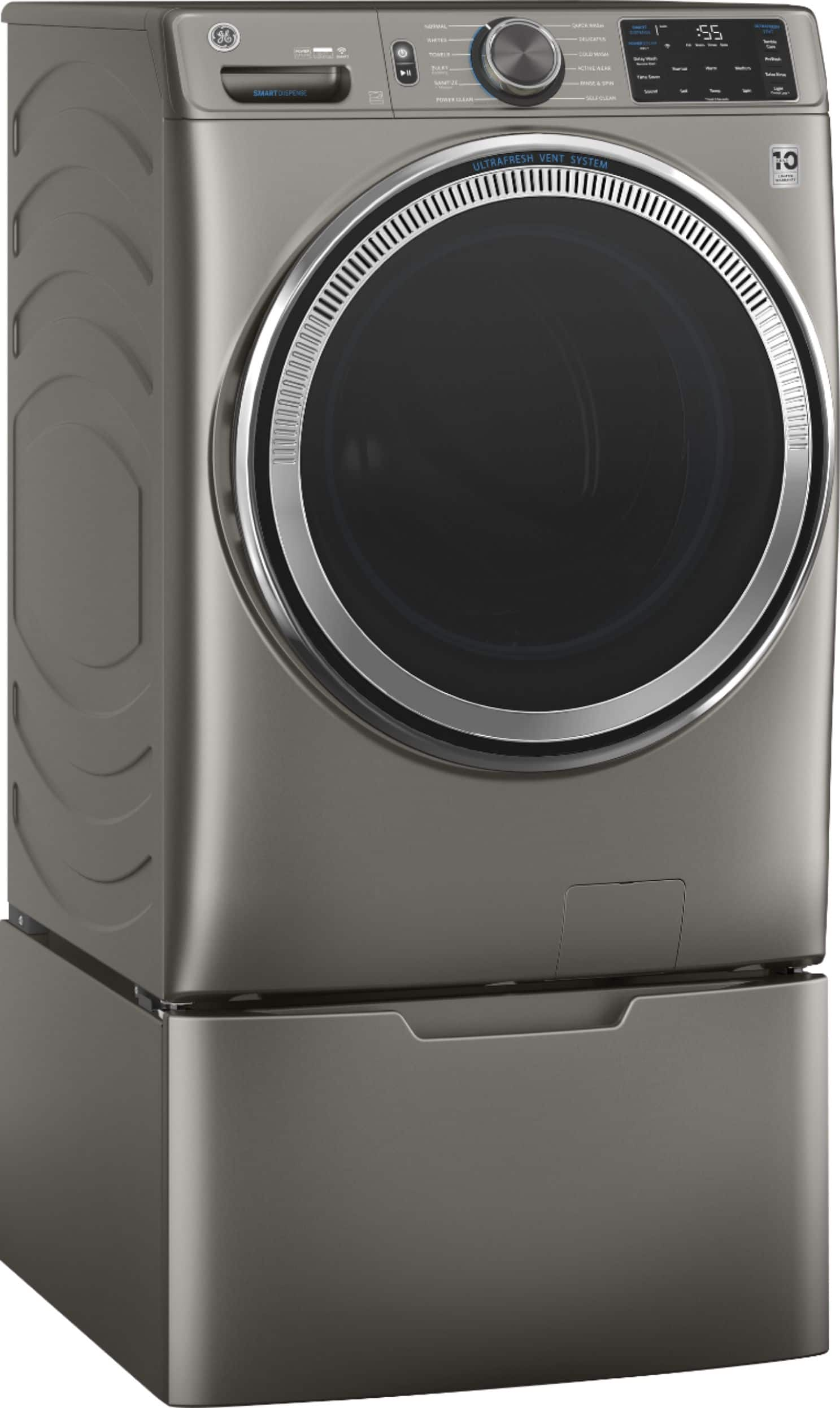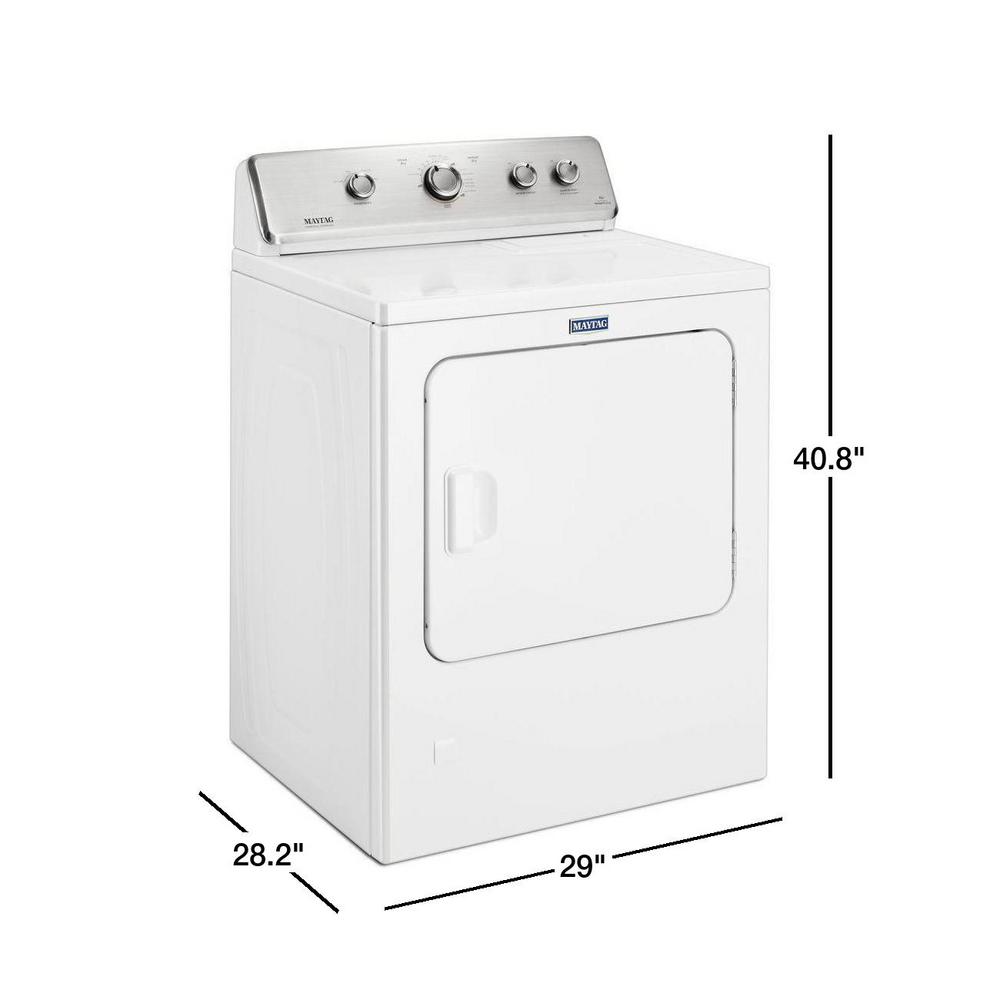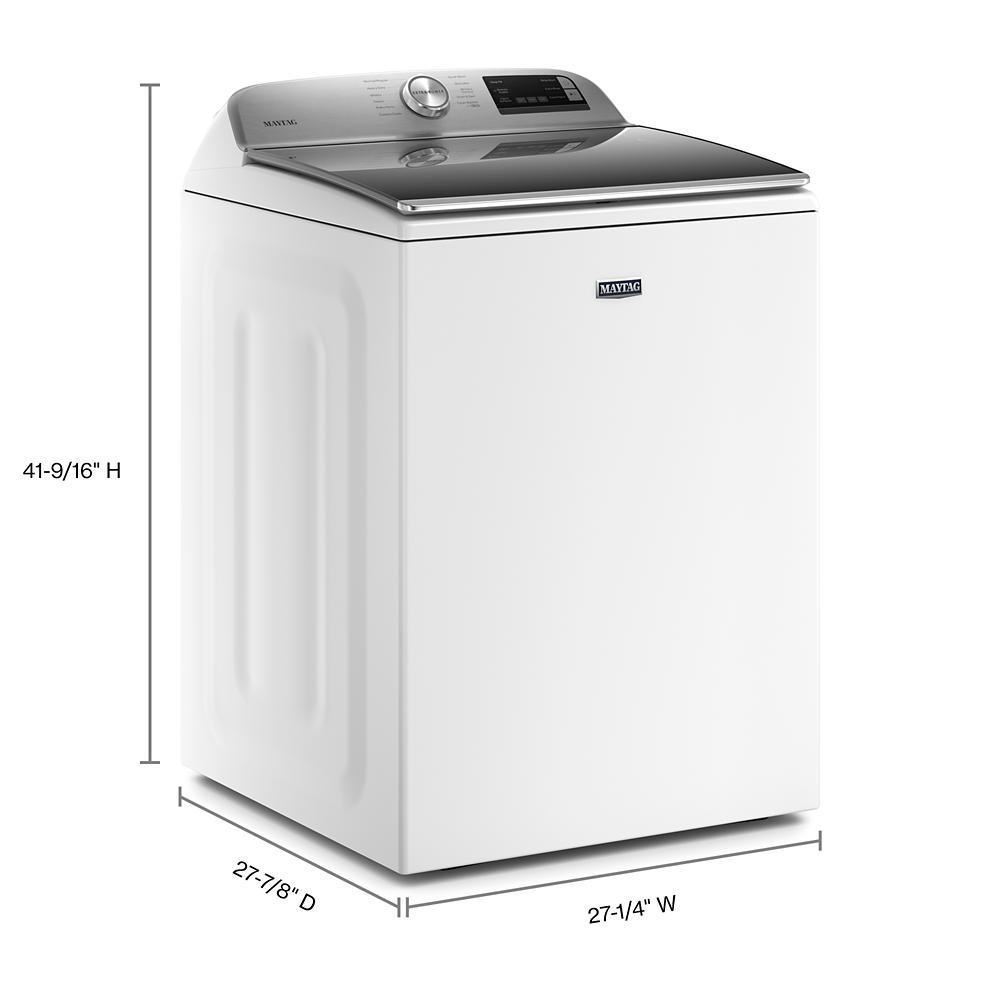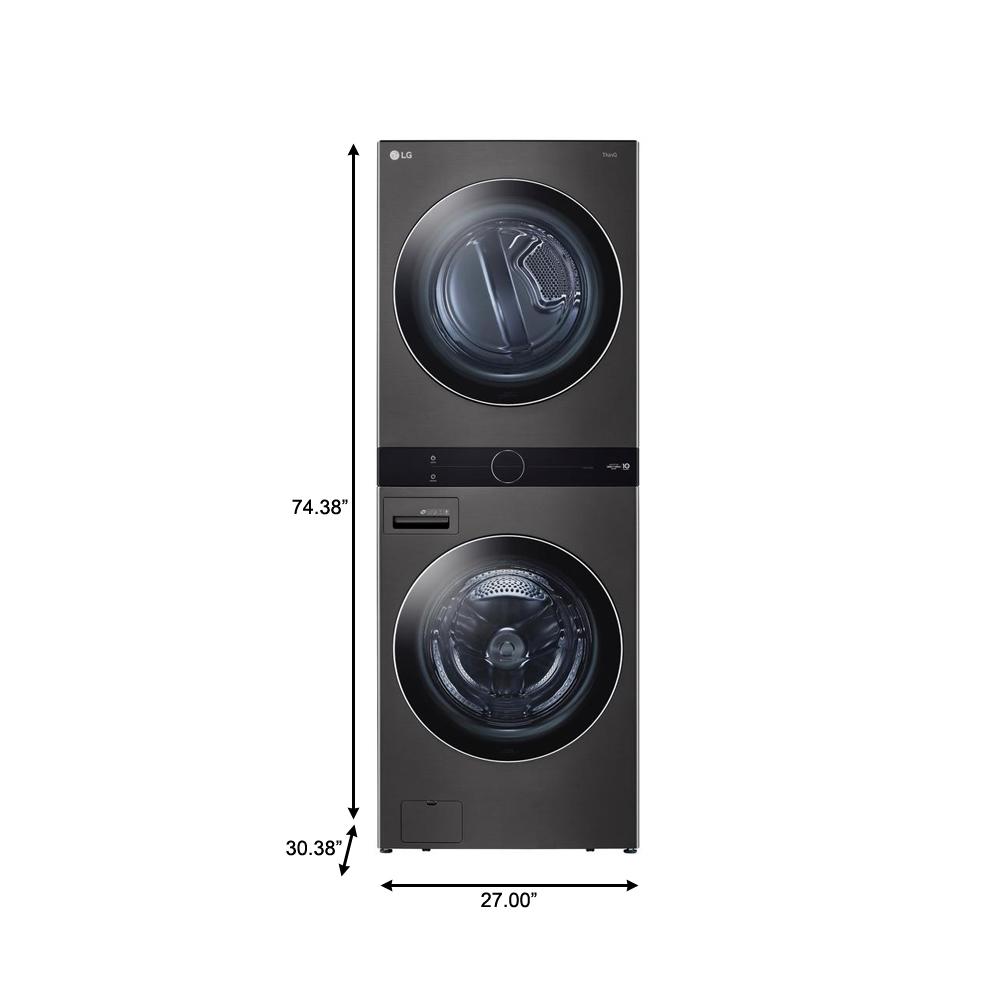Hoover H-WASH 300 H3W4102DE 10Kg Washing Machine with 1400 rpm – White – A+++ Rated
10kg drum capacity – great for large households. Take your pick from 14, 30 and 60 minute quick washes. Special cycle removes allergens & bacteria from clothes. Control it with the app via NFC & an Android smartphone.
Take the hard work out of laundry day with this white washing machine from Hoover. It’s a great choice for medium-sized households, because it has an 10kg drum. It has Quick Wash settings as well, which let you choose between 14, 30 and 60 minutes depending on how much laundry you want to clean. All your items will come out fresh and free from bacteria and allergens too, as it has the special Hygiene+ cycle. Plus, the Hoover Wizard app lets you monitor this model with your smartphone, so you won’t need to stay at home to see how your clothes are getting on.
- 10kg drum capacity – great for large households
- Take your pick from 14, 30 and 60 minute quick washes
- Special cycle removes allergens & bacteria from clothes
- Control it with the app via NFC & an Android smartphone
- Dimensions (cm) – H85 x W60 x D56
Additional information
| Dimensions | (H)85.0 x (W)60.0 x (D)56.0 |
|---|---|
| Wash Load | 10 Kg |
| Manufacturer Warranty | 1 Year |






by Paul
Super quick and helpful delivery, great product so far.
by Louise
Amazing washing machine!
by Paul
Washing machine is fine, reasonably quiet and does what it’s supposed to do, wash clothes! Only negative is the dial which doesn’t ‘click’ onto each setting which is annoying but not the end of the world.
by Tom
Very happy with this – good sized drum, all the features you’d expect and a really reasonable price. Very highly recommended!
by Ali
Easy to use quick programs when you are in a rush. Large drum great for families.
by Lisa
Very good quality.